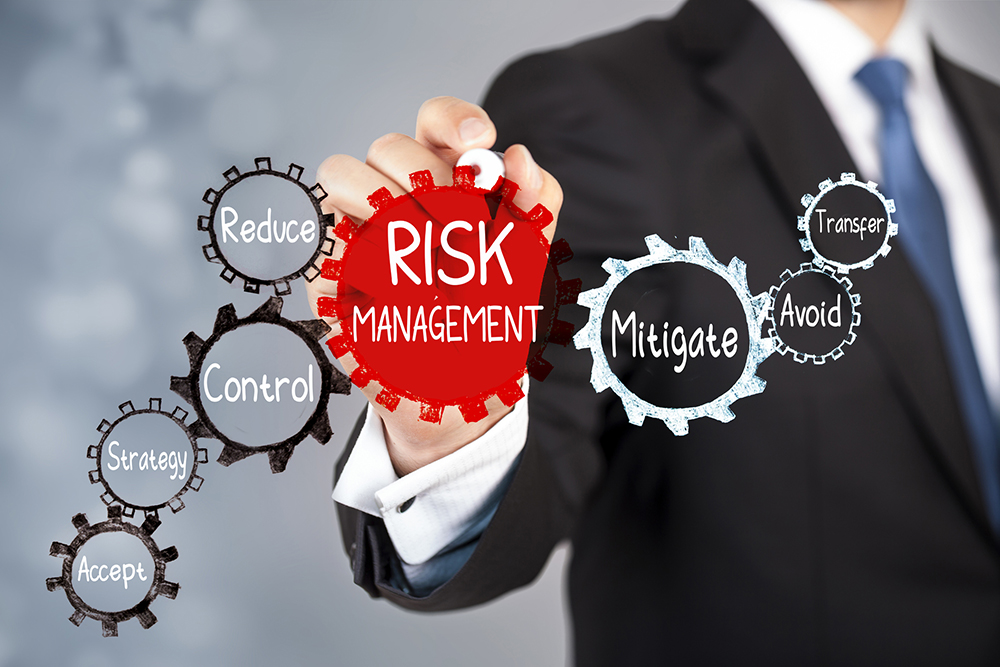As HR teams implement more digital tools for hiring, payroll, and employee management, they increasingly depend on third-party vendors. These partnerships increase efficiency, but they also introduce significant risks to privacy and compliance.
Understanding the Core Risks of HR Vendor Partnerships
Outsourcing work to a skilled third-party vendor can be integral to business operations, especially for highly specialized tasks such as IT. However, companies must be careful to properly vet potential partners and integrate sufficient security measures to prevent data risks.
Using a third-party HR tool or vendor often requires sharing sensitive information, such as employee names, addresses, insurance details, or financial information. If a vendor lacks robust security measures, a cyberattack could result in data breaches, putting the business, its employees, and other stakeholders at risk.
A 2025 survey found that third-party vendors were responsible for 41.8% of data breaches in the financial technology industry. Other sectors face similar challenges. In 2020, the Pentagon and the Department of Homeland Security were among the most prominent victims of a third-party data breach involving SolarWinds, an IT management provider.
Aside from putting stakeholders’ identities and resources at risk, these breaches can indicate regulatory noncompliance, creating legal liabilities for your organization. Affected parties could file lawsuits against your company, consuming its time and resources while disrupting everyday operations and damaging its reputation.
Strategies for Long-Term Third-Party Risk Mitigation
To effectively manage third-party risks, HR teams can adopt these best practices.
1. Involve Key Stakeholders
Third-party risk mitigation is a company-wide effort. Before launching any risk management strategies, HR should meet with executives and key departments, such as in-house IT, security, and compliance. This collaboration ensures that the organization covers all bases across platforms and stakeholders, as different tools often need to interact with one another for optimal performance.
2. Maintain an Accurate Vendor Inventory
Teams should maintain an updated list of all third-party vendors the organization uses, along with their corresponding level of access. Clear, organized, and updated inventory information can make it easier to track potential risks, conduct audits, and create a more cohesive system for HR processes and other administrative work. This systematic approach can also help identify weaknesses or pinpoint when or where a breach might occur.
3. Assess Security Before Contracting
Before signing any agreements, staff should thoroughly evaluate a vendor’s security and data handling practices. Ask about encryption practices and incident response plans. Verify certifications, communication practices, and reputation to ensure trustworthiness. Due diligence during the selection process is key to minimizing potential security and compliance risks.
4. Continuously Monitor Third-Party Systems
Risk management continues after onboarding. Teams should establish a process to regularly monitor vendor performance and compliance, which can include regular security audits. These precautions ensure all vendors maintain updated and compliant security controls throughout the partnership.
How to Evaluate a Vendor’s Security and Compliance
A structured evaluation process helps HR professionals ensure their vendors meet the company’s standards for data protection. These best practices can help identify trustworthy and compatible vendors.
Ask for Security Certifications
Legitimate vendors are transparent about their security credentials and proactively pursue certifications to demonstrate their compliance with relevant standards. They understand the need for data security requirements and are proactive in pursuing certifications that prove their compliance.
The System and Organization Controls (SOC) 1 and 2 reports are a good starting point when dealing with finance-related tools, such as payroll. Vendors that can provide these certifications have undergone rigorous audits to ensure accuracy and security when handling client data.
Review Their Data Handling Protocols
Understanding how a vendor handles data is essential to objectively assessing its level of compliance. Key questions a company should ask a potential partner include:
- Who in the vendor’s organization has access to the data?
- What does their incident response plan look like?
- How long do they retain data, and what is their procedure for disposing of it?
Establish Clear Contractual Obligations
Contracts should clearly define both parties’ responsibilities for safeguarding organizational data and responding to security incidents. Agreements should include clauses requiring the vendor to notify your company promptly in the event of a data breach, along with clear recovery steps.
These documents can also outline potential consequences for noncompliance. Provisions establish accountability and help minimize legal and reputational risks.
Be Proactive
HR teams and your company as a whole should anticipate and address potential vendor risks, even when advanced security measures and compliance protocols are in place. Teams should always remain vigilant and informed about evolving privacy laws and security threats, proactively identifying and addressing potential vulnerabilities before they escalate.
Toward Secure Partnerships
Third-party risk management is a critical responsibility for HR teams that rely on external vendors to facilitate key functions. Each partnership introduces potential vulnerabilities that could impact employee privacy and company operations. A proactive and cautious approach helps HR leaders minimize risk and ensure regulatory compliance.
Zac Amos is the Features Editor at ReHack Magazine and a regular contributor at TalentCulture, AllBusiness, and VentureBeat. He covers HR tech, cybersecurity, and AI. For more of his work, follow him on LinkedIn or X (Twitter).




